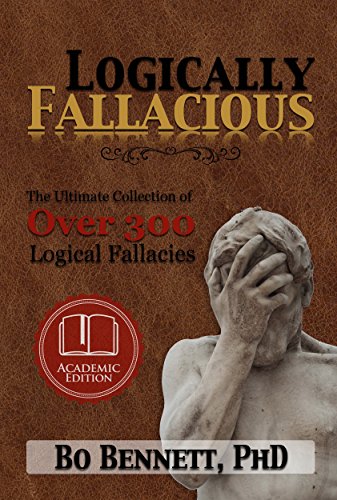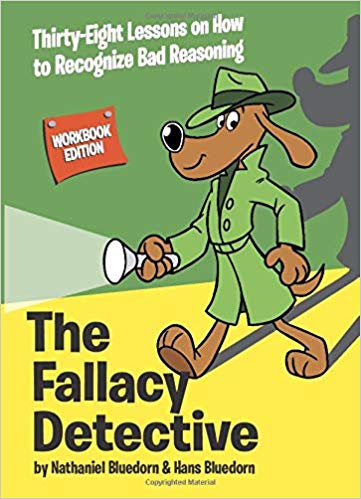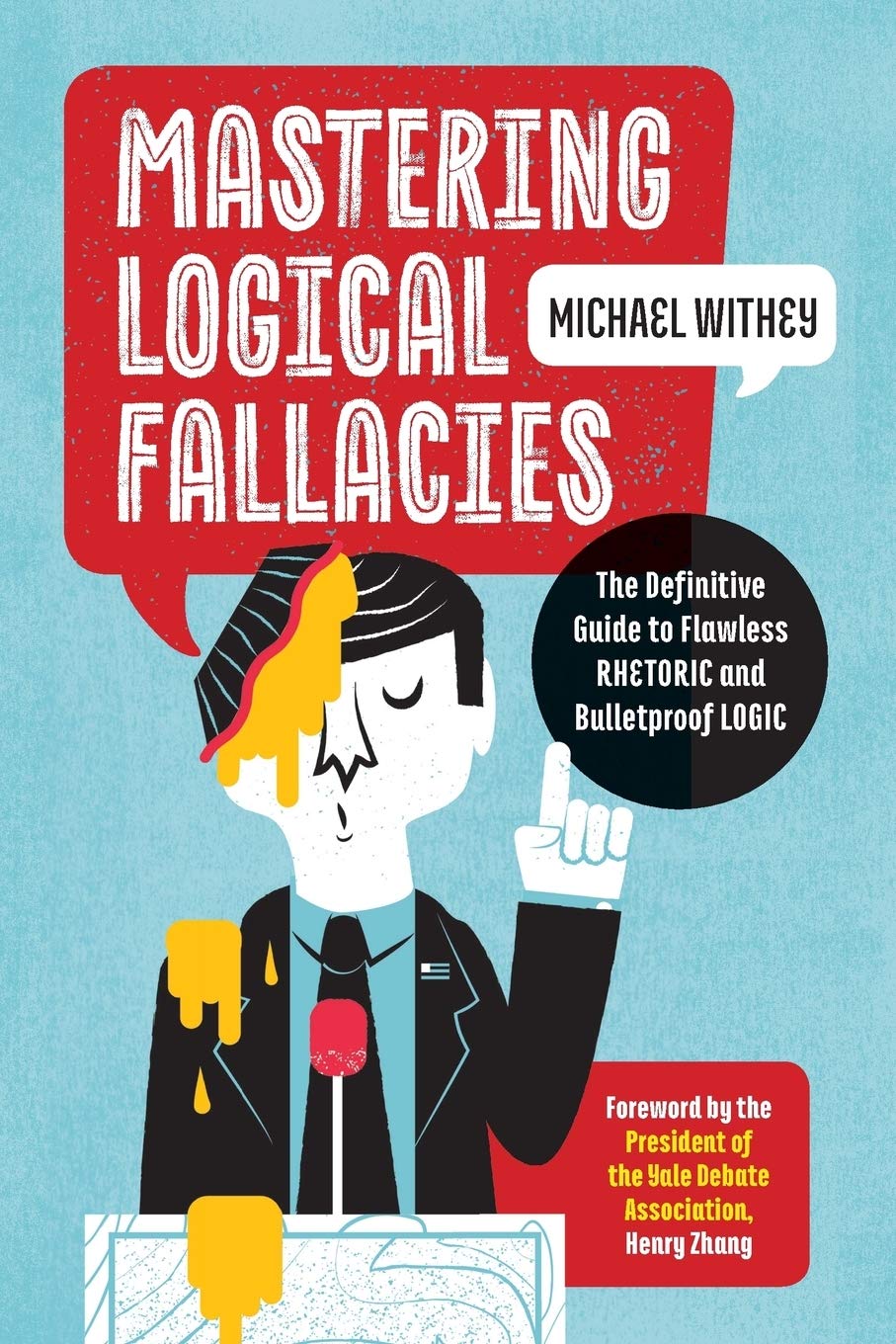
Bad Reason Fallacy
The bad reasons fallacy stems from the claim that because the reason(s) given for a certain conclusion are bad therefore the conclusion must also be incorrect. This fallacy supposes that it is not possible to give a bad reason for a correct conclusion. In fact, it is possible to give bad reasoning for a valid conclusion.
Fallacy formula:
- The reason A given for argument B is bad, therefore conclusion B is not valid
Example of Bad Reason Fallacy
- Dogs are afraid of heights, therefore dogs don't fly.
Though it may be true that dogs are afraid of heights, that is not the reason why they do not fly. - Ostrich cannot fly, therefore they are not birds.
It is true that ostrich cannot fly, but they are in fact birds.
The reason is true, but it does not lead to the conclusion being drawn.

Books About Logical Fallacies
A few books to help you get a real handle on logical fallacies.





Bad Reason FallacyExtended Explanation
The Bad Reason Fallacy, also known as the Fallacy of Irrelevant Reason, is a logical fallacy in which a person attempts to use irrelevant or faulty logic to support an argument. This fallacy occurs when someone attempts to justify their reasoning by appealing to an irrelevant or faulty source, instead of a reliable source of information. The Bad Reason Fallacy relies on the use of false reasoning and faulty evidence that is not logically sound.
The Bad Reason Fallacy is a formal fallacy, meaning that it is based on formal logic. It is not a valid method of argumentation, as it does not provide sound evidence or logical reasoning to support an argument. This fallacy can be seen in many forms, such as appeals to authority, false analogies, emotional appeals, and more.
An example of the Bad Reason Fallacy can be seen in an argument that uses an emotional appeal instead of evidence to support its position. For example, if someone were arguing that animals should not be kept in captivity, they might use an emotional appeal to make their point. They might say that animals should not be kept in captivity because it is cruel and inhumane. This is an example of the Bad Reason Fallacy, because it does not provide any evidence to support the argument. It is simply an emotional appeal.
The Bad Reason Fallacy is an important logical fallacy to be aware of, as it can be used to sway or manipulate an argument. It is important to be aware of this fallacy in order to be able to identify false and illogical reasoning. It is also important to be able to recognize when someone is using this fallacy in order to be able to refute the argument and present a valid argument.